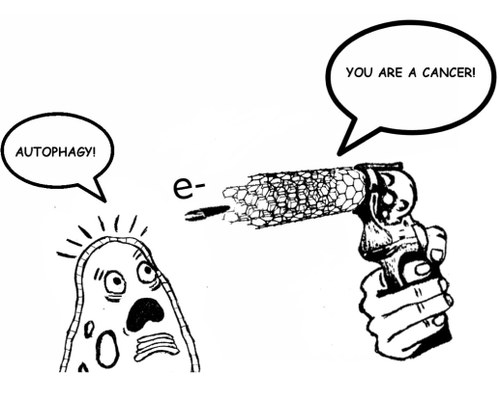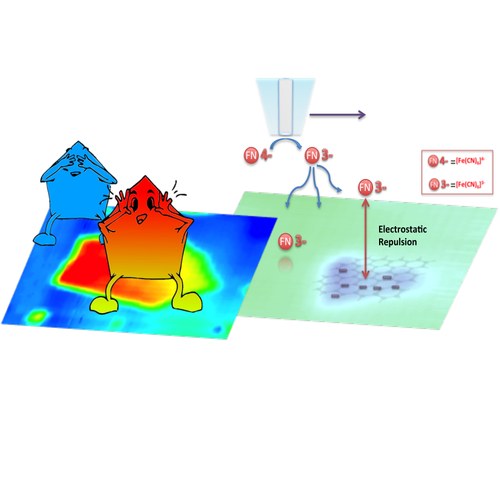
Dr. Rapino has contributed to the characterization of double wall carbon nanotubes with cancer cells. In particular it has been suggested that the redox characteristics of these nanomaterials can induce autophagy of cells through intracellular acidification. This study provides promising results for the use of these nanomaterials in nanomedicine. The interaction of carbon nanotubes with bacteria and the inhibition of bacterial growth induced by chemical physics of bacterial membranes with the nanotubes has also been a subject of her studies. Furthermore, Dr. Rapino and collaborators investigated whether Ca2+ ion balance between intra- and extracellular space can be modulated by multiwalled carbon nanotubes (MWCNTs). Annealed nanotubes induced changes on Ca2+ dependent cellular junctions and platelet aggregation, behaving similary to ethylene glycol tetraacetic acid, an established calcium chelator.
[Carbon 2014; 78:589-600]
[Nanomedicine 2012; 8(3):299-307]
[Nanoscale 2013; 5(19):9023-9029]

The need to develop new materials for renewable energies requires the use of species that catalyze the evolution of oxygen from water at low overpotentials. Carbon nanomaterials (graphene, nanotubes) are excellent platforms to anchor catalytic complexes that mimic the natural centers for oxygen evolution of the photosystem II. In order to optimize nanomaterial performances, new techniques for high spatial and temporal resolved functional investigations are required. SECM has been used by Dr. Rapino and collaborators for this purpose, also thanks to the use of new probes for oxygen optimized to this end. She also used SECM to create images of individual sheets of graphene oxide, both on insulating and conductive substrate surfaces. In the work it was shown that the contrast necessary to the image resolution is controlled by the interactions established between the electrostatic charges present in the sheets of graphene oxide and the molecules used as redox mediators for the experiments.
[Chemical Communications 2014; 50(86):13117-13120]
[Nature Chemistry 2010; 2(10):826-831]